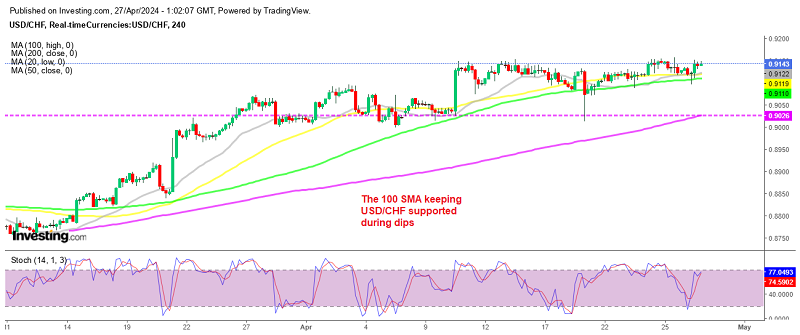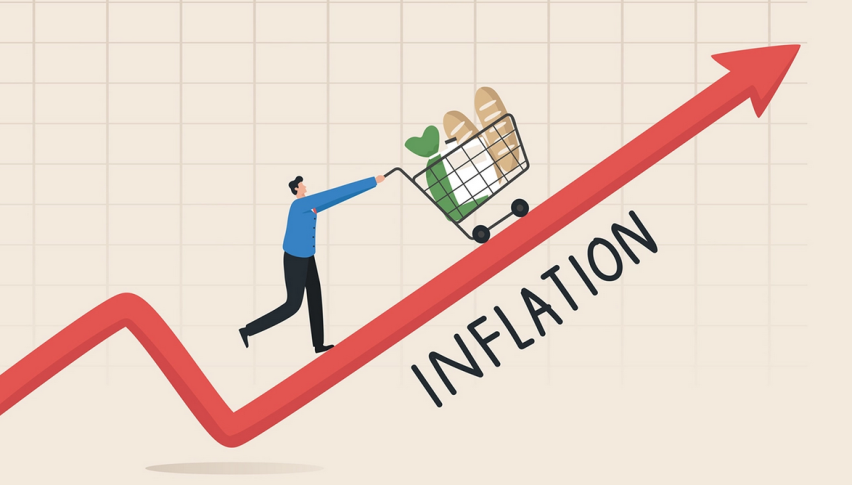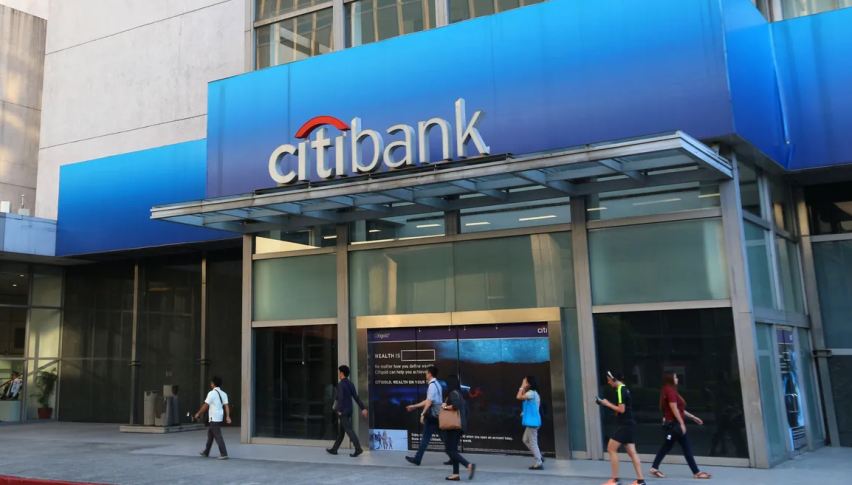⚡Crypto Alert : Altcoins are up 28% in just last month! Unlock gains and start trading now - Click Here
eth-usd
U.S. PCE inflation increases moderately in February and consumer spending grows.
Ignacio Teson•Friday, March 29, 2024•2 min read
Check out our free forex signals
Follow the top economic events on FX Leaders economic calendar
Trade better, discover more Forex Trading Strategies
























